Home>Construction & Tools>Building Materials>What Is Tuck Pointing Brick
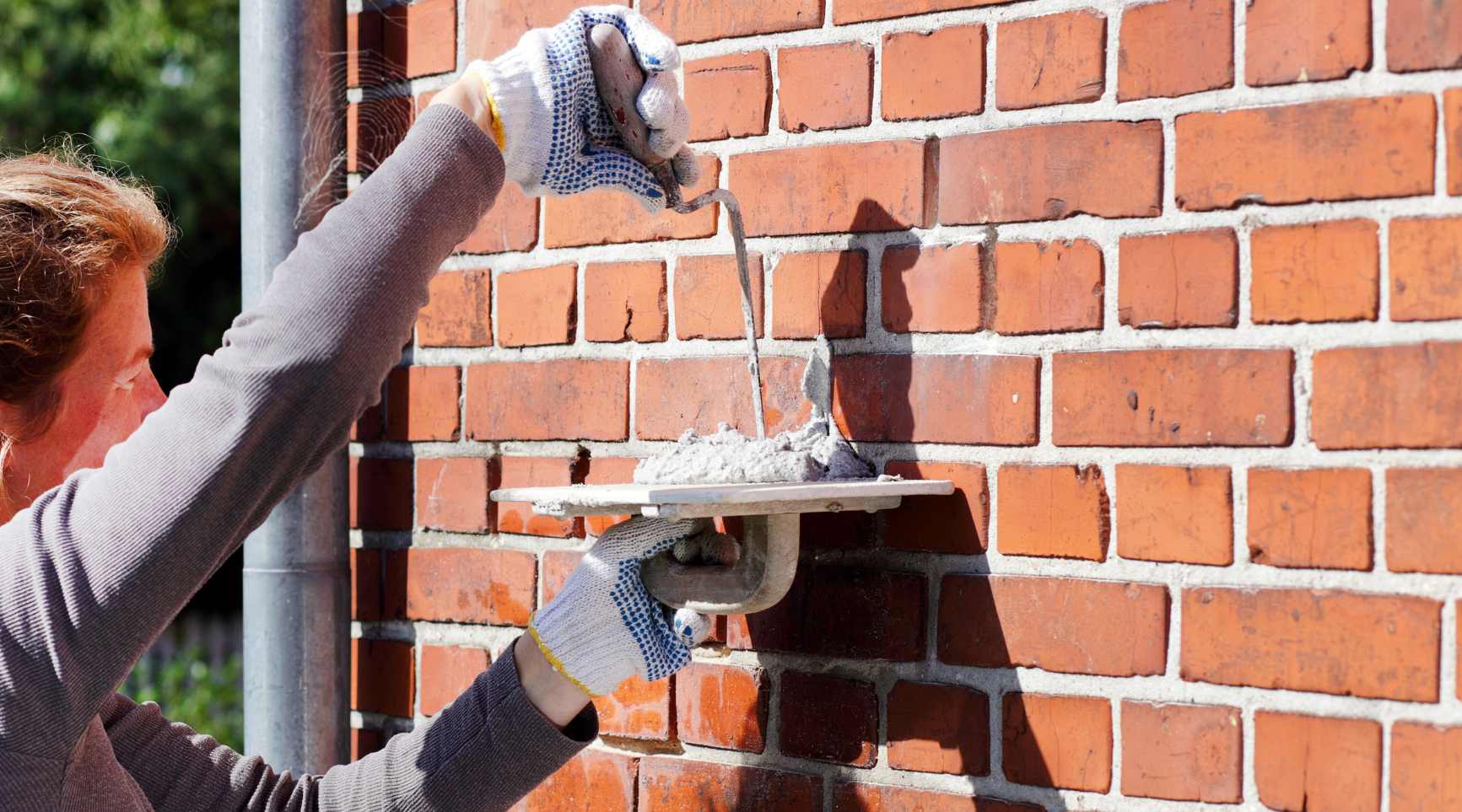

Building Materials
What Is Tuck Pointing Brick
Published: January 23, 2024
Learn about the importance of tuck pointing brick for maintaining building materials. Discover the benefits and process of tuck pointing.
(Many of the links in this article redirect to a specific reviewed product. Your purchase of these products through affiliate links helps to generate commission for Storables.com, at no extra cost. Learn more)
Introduction
When it comes to maintaining the structural integrity and aesthetic appeal of your home, the condition of its brickwork plays a pivotal role. Over time, weathering and deterioration can take a toll on the mortar between the bricks, compromising the stability and visual allure of the entire structure. This is where the technique of tuck pointing comes into play, offering a reliable solution to address these issues and restore the vitality of your brickwork.
Tuck pointing is a meticulous process that involves repairing and enhancing the mortar joints between bricks. By carefully removing deteriorated mortar and replacing it with fresh mortar, tuck pointing not only strengthens the structure but also revitalizes its appearance. This time-honored craft demands precision and expertise, making it a valuable skill in the realm of building maintenance and restoration.
In this comprehensive guide, we delve into the intricacies of tuck pointing, shedding light on its significance, the optimal timing for its implementation, the step-by-step process involved, the essential tools and materials required, and the considerations when deciding between hiring a professional or embarking on a DIY endeavor. By the end, you will have a deep understanding of tuck pointing and its pivotal role in preserving the allure and resilience of brick structures.
Key Takeaways:
- Tuck pointing is a meticulous technique that restores the mortar between bricks, strengthening the structure and enhancing its appearance. It’s crucial for preserving the integrity and longevity of brickwork.
- Recognizing signs of deteriorating mortar and addressing them through tuck pointing is essential for maintaining the structural integrity, weather resistance, and visual appeal of brick structures.
Read more: How To Tuck Point A Brick House
What is Tuck Pointing?
Tuck pointing, also known as “repointing,” is a meticulous technique employed to restore the mortar joints between bricks. Over time, the mortar holding the bricks in place can deteriorate due to exposure to the elements, temperature fluctuations, and general wear and tear. This degradation not only compromises the structural integrity of the masonry but also detracts from its visual appeal.
The tuck pointing process involves the careful removal of the damaged or deteriorated mortar from the joints, typically to a uniform depth, and the subsequent application of fresh mortar. The key to tuck pointing lies in creating the illusion of well-formed mortar joints through the strategic use of two different mortar colors. The outer edges of the mortar joint are filled with a durable, closely matching mortar, while the center is filled with a finer, contrasting color. This meticulous approach creates the optical illusion of well-defined, evenly spaced mortar joints, enhancing the overall appearance of the brickwork.
While the primary purpose of tuck pointing is to restore the structural integrity of the masonry, it also serves as a cosmetic enhancement, revitalizing the visual appeal of the brickwork. This technique is commonly used on historical and heritage buildings to preserve their original charm and character, as well as on modern structures seeking a timeless aesthetic.
By effectively addressing the deterioration of mortar joints, tuck pointing not only extends the lifespan of the masonry but also prevents water infiltration, which can lead to further damage and costly repairs. Additionally, tuck pointing can contribute to energy efficiency by sealing gaps and preventing air leakage through the brickwork, thereby enhancing the overall insulation of the structure.
Overall, tuck pointing is a skilled craft that combines structural restoration with aesthetic enhancement, playing a crucial role in the preservation and maintenance of brick structures.
The Importance of Tuck Pointing Brick
Tuck pointing brick is a vital aspect of maintaining the integrity and visual appeal of brick structures. The significance of tuck pointing extends beyond mere aesthetics, encompassing structural stability, weather resistance, and energy efficiency.
First and foremost, tuck pointing is essential for preserving the structural integrity of brickwork. Mortar deterioration can weaken the bond between bricks, leading to instability and potential structural hazards. By addressing deteriorated mortar joints through tuck pointing, the overall strength and stability of the masonry are restored, ensuring the longevity and safety of the structure.
Moreover, tuck pointing plays a pivotal role in weatherproofing brickwork. Deteriorated mortar joints can allow water infiltration, leading to moisture damage, efflorescence, and even structural decay. Tuck pointing effectively seals these vulnerable areas, preventing water penetration and safeguarding the masonry against the detrimental effects of moisture, thereby prolonging its lifespan.
From an aesthetic perspective, tuck pointing enhances the visual appeal of brick structures. By meticulously restoring the mortar joints and creating the illusion of well-defined, evenly spaced joints, tuck pointing revitalizes the appearance of the masonry, bringing back its original charm and character. This is particularly crucial for historical and heritage buildings, where tuck pointing preserves the authenticity and timeless allure of the architecture.
Furthermore, tuck pointing contributes to energy efficiency by sealing gaps and preventing air leakage through the brickwork. By enhancing the insulation properties of the structure, tuck pointing helps regulate indoor temperatures, reduce energy consumption, and lower utility costs, making it a sustainable and cost-effective maintenance measure.
In essence, the importance of tuck pointing brick cannot be overstated. It is a multifaceted practice that safeguards the structural integrity, weather resistance, and visual appeal of brickwork, while also promoting energy efficiency and long-term preservation.
When to Tuck Point
Recognizing the optimal timing for tuck pointing is crucial for preserving the integrity and longevity of brick structures. Several indicators can signal the need for tuck pointing, prompting proactive intervention to address deteriorating mortar joints.
One of the primary signs that tuck pointing is warranted is the presence of deteriorated or crumbling mortar. Over time, exposure to environmental elements, temperature fluctuations, and general wear and tear can cause the mortar between bricks to degrade, compromising its strength and cohesiveness. If you notice crumbling, cracking, or gaps in the mortar joints, it is a clear indication that tuck pointing is necessary to restore the structural integrity of the masonry.
Water infiltration and moisture damage are also telltale signs that tuck pointing is needed. When deteriorated mortar joints allow water to penetrate the brickwork, it can lead to a range of issues, including efflorescence, mold growth, and internal structural decay. If you observe water stains, dampness, or signs of moisture-related deterioration on the brick surface or within the masonry, it is imperative to address these concerns through timely tuck pointing.
Furthermore, the visual appearance of the mortar joints can serve as a key indicator for tuck pointing needs. Faded, discolored, or uneven mortar joints can detract from the overall aesthetic appeal of the brickwork. Tuck pointing not only restores the structural integrity of the mortar but also revitalizes its visual allure, creating a cohesive and uniform appearance that enhances the architectural charm of the structure.
It is important to note that proactive maintenance and periodic inspections are essential for identifying the need for tuck pointing before significant deterioration occurs. Regularly assessing the condition of the mortar joints and addressing any signs of degradation promptly can prevent extensive damage and costly repairs, ultimately prolonging the lifespan of the brickwork.
In essence, tuck pointing should be considered when the mortar joints exhibit signs of deterioration, water infiltration, or visual degradation. By addressing these indicators in a timely manner, tuck pointing preserves the structural integrity and aesthetic appeal of brick structures, ensuring their long-term resilience.
Tuck Pointing Process
The tuck pointing process is a meticulous craft that involves several precise steps to effectively restore the mortar joints between bricks. This intricate technique demands attention to detail, skillful execution, and the use of specialized tools and materials.
The first step in the tuck pointing process is the careful removal of the deteriorated or damaged mortar from the joints. This is typically achieved using specialized tools such as a pointing trowel, chisel, or grinder, depending on the extent of the mortar deterioration. The goal is to create clean, uniform grooves in the mortar joints, ensuring a solid foundation for the application of fresh mortar.
Once the old mortar has been removed, the next step involves preparing the mortar mix. The mortar should be carefully formulated to match the composition and color of the existing mortar, ensuring a seamless and cohesive appearance. The mortar mix is typically a blend of sand, cement, and water, with pigment added to achieve the desired color that complements the brickwork.
After preparing the mortar mix, the skilled artisan applies the mortar to the cleaned mortar joints, using a pointing trowel to press and pack the mortar firmly into the grooves. The outer edges of the mortar joint are filled with the durable, closely matching mortar, while the center is filled with a finer, contrasting color, creating the illusion of well-defined, evenly spaced mortar joints.
Once the mortar has been carefully applied, the excess is skillfully removed using a striking tool or a jointing tool, ensuring a smooth and uniform finish. This step requires precision and finesse to achieve the desired aesthetic result, as the goal is to create clean, crisp lines and a visually appealing surface.
Finally, the newly pointed mortar joints are left to cure and set, allowing the mortar to achieve its full strength and stability. This curing period is essential for the long-term durability and resilience of the tuck pointed joints, ensuring that they can withstand environmental stresses and maintain their integrity over time.
Overall, the tuck pointing process is a labor-intensive and skillful endeavor that demands precision, expertise, and a keen eye for detail. By meticulously executing each step, tuck pointing effectively restores the mortar joints between bricks, revitalizing the structural integrity and visual allure of the masonry.
Read more: How To Point A Brick Wall
Tools and Materials Needed
The tuck pointing process requires a specific set of tools and materials to achieve precise and effective restoration of mortar joints. These essential items are instrumental in executing the meticulous craft of tuck pointing, ensuring the structural integrity and visual appeal of the brickwork.
Tools:
- Pointing Trowel: A narrow, flat-bladed trowel used for applying and packing mortar into the joints.
- Brick Jointer: Also known as a jointing tool, it is used to create a uniform finish and smooth the mortar joints.
- Chisel: Essential for carefully removing deteriorated mortar from the joints, creating clean grooves for the new mortar.
- Grinder: In cases of extensive mortar deterioration, a grinder with a diamond blade may be used to remove old mortar.
- Striking Tool: Used for removing excess mortar and achieving a smooth, uniform finish on the joints.
- Masonry Brush: Ideal for cleaning out debris and preparing the mortar joints for tuck pointing.
- Safety Gear: This includes gloves, safety goggles, and a dust mask to protect against potential hazards during the tuck pointing process.
Materials:
- Mortar Mix: A carefully formulated blend of sand, cement, and water, tailored to match the composition and color of the existing mortar.
- Pigment: Used to tint the mortar mix to achieve the desired color that complements the brickwork.
- Clean Water: Essential for mixing the mortar and ensuring proper hydration and consistency.
- Protective Sealant: Optional, but recommended for sealing the newly pointed mortar joints to enhance their durability and resistance to moisture and weathering.
These tools and materials are fundamental to the tuck pointing process, enabling skilled artisans to meticulously restore the mortar joints between bricks, ensuring the structural integrity, visual appeal, and longevity of the masonry.
Tuck pointing brick is a process of filling in deteriorated mortar joints with new mortar to improve the appearance and structural integrity of the brickwork. It helps prevent water damage and prolongs the life of the brick.
Hiring a Professional vs. DIY Tuck Pointing
When considering tuck pointing for your brickwork, the decision between hiring a professional and embarking on a do-it-yourself (DIY) endeavor requires careful consideration of various factors, including skill level, time commitment, and the complexity of the project.
Read more: What Is The Point Of Napkin Rings?
Hiring a Professional:
- Expertise and Precision: Tuck pointing is a skilled craft that demands precision and expertise. Hiring a professional ensures that the intricate process is executed with meticulous attention to detail, resulting in a high-quality and durable restoration of the mortar joints.
- Efficiency and Time-Saving: Professionals are equipped with the necessary tools, materials, and experience to efficiently complete tuck pointing projects, saving time and ensuring timely and effective restoration of the brickwork.
- Quality Assurance: Professional tuck pointing services often come with warranties and guarantees, providing assurance of the quality and longevity of the work performed, as well as recourse in the event of any issues.
- Complex Projects: For extensive tuck pointing projects or intricate architectural details, professionals have the expertise to handle complex challenges and ensure a comprehensive restoration of the mortar joints.
DIY Tuck Pointing:
- Cost Savings: Undertaking tuck pointing as a DIY project can lead to cost savings, as it eliminates labor expenses associated with hiring a professional.
- Sense of Accomplishment: DIY tuck pointing can provide a sense of accomplishment and pride in preserving and enhancing the brickwork of your own home.
- Small-Scale Projects: For minor tuck pointing needs or small-scale projects, DIY endeavors can be feasible, especially for individuals with some experience in masonry work.
- Learning Opportunity: Engaging in DIY tuck pointing offers the opportunity to learn about the intricacies of masonry restoration and gain hands-on experience in a specialized craft.
Ultimately, the decision between hiring a professional and DIY tuck pointing hinges on the scale and complexity of the project, individual skill level, and the desired balance between cost savings and professional expertise. While DIY tuck pointing can be rewarding for small-scale projects and enthusiasts seeking a hands-on experience, complex or extensive restoration efforts often benefit from the precision, efficiency, and quality assurance offered by professional tuck pointing services.
Conclusion
Tuck pointing stands as a time-honored craft that harmoniously blends structural restoration with aesthetic enhancement, playing a pivotal role in the preservation and maintenance of brick structures. By meticulously addressing deteriorated mortar joints, tuck pointing not only fortifies the structural integrity of masonry but also revitalizes its visual allure, ensuring longevity and timeless appeal.
The importance of recognizing the need for tuck pointing and understanding its process cannot be overstated. Proactive maintenance, periodic inspections, and timely intervention are essential for safeguarding the structural integrity, weather resistance, and visual appeal of brickwork. Whether prompted by deteriorated mortar, water infiltration, or visual degradation, tuck pointing serves as a vital solution to restore and rejuvenate the masonry, ensuring its resilience and longevity.
Crucial to the tuck pointing process are the specialized tools and materials that enable skilled artisans to execute precise and effective restoration of mortar joints. The meticulous application of mortar, the creation of well-defined joints, and the subsequent curing period are integral to achieving durable and visually appealing tuck pointed brickwork.
When contemplating tuck pointing for brick structures, the decision between hiring a professional and embarking on a DIY endeavor requires thoughtful evaluation. While professionals bring expertise, efficiency, and quality assurance to tuck pointing projects, DIY efforts offer cost savings, a sense of accomplishment, and learning opportunities, particularly for small-scale projects and enthusiasts seeking hands-on experience.
In essence, tuck pointing epitomizes the fusion of craftsmanship and functionality, preserving the timeless allure and structural resilience of brick structures. Whether restoring the grandeur of historical landmarks or maintaining the charm of modern architecture, tuck pointing serves as a testament to the enduring artistry and practicality of masonry restoration.
By embracing the art and science of tuck pointing, we honor the legacy of brickwork, ensuring that its beauty and strength endure for generations to come.
Frequently Asked Questions about What Is Tuck Pointing Brick
Was this page helpful?
At Storables.com, we guarantee accurate and reliable information. Our content, validated by Expert Board Contributors, is crafted following stringent Editorial Policies. We're committed to providing you with well-researched, expert-backed insights for all your informational needs.
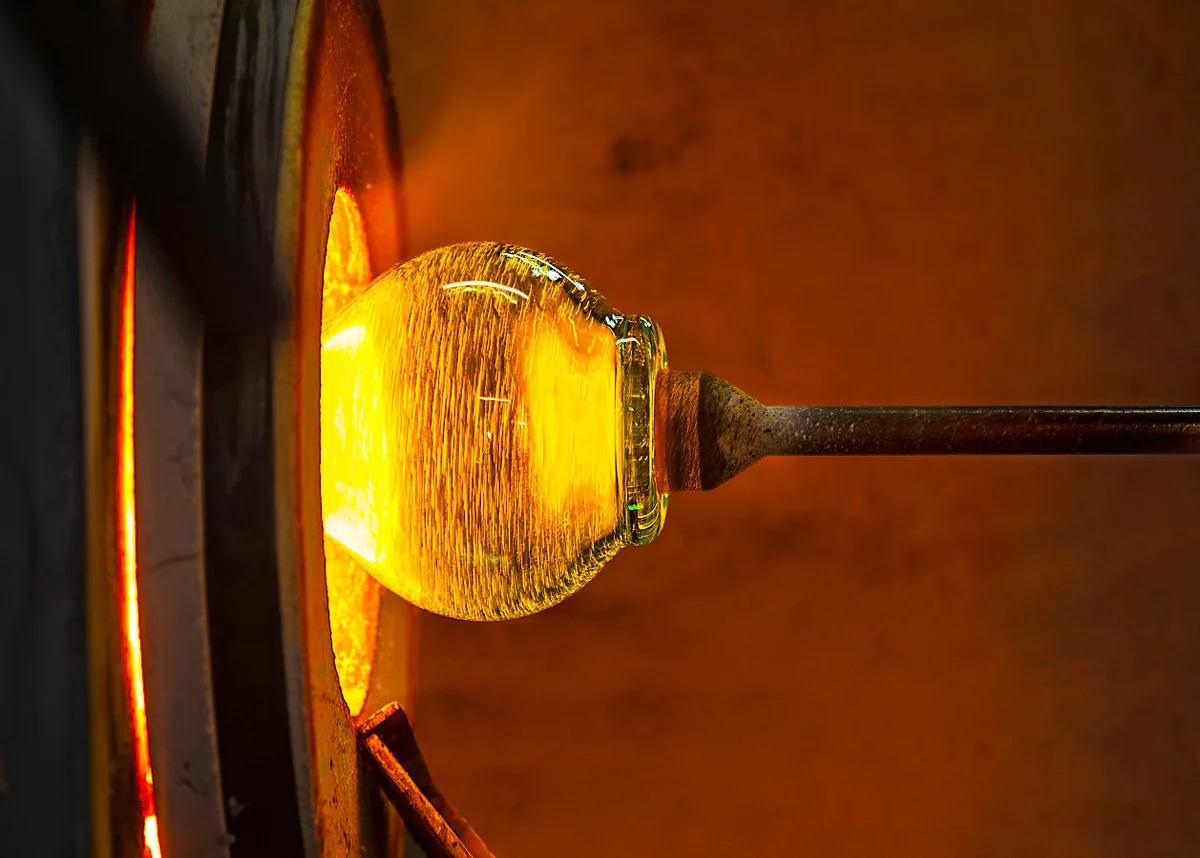

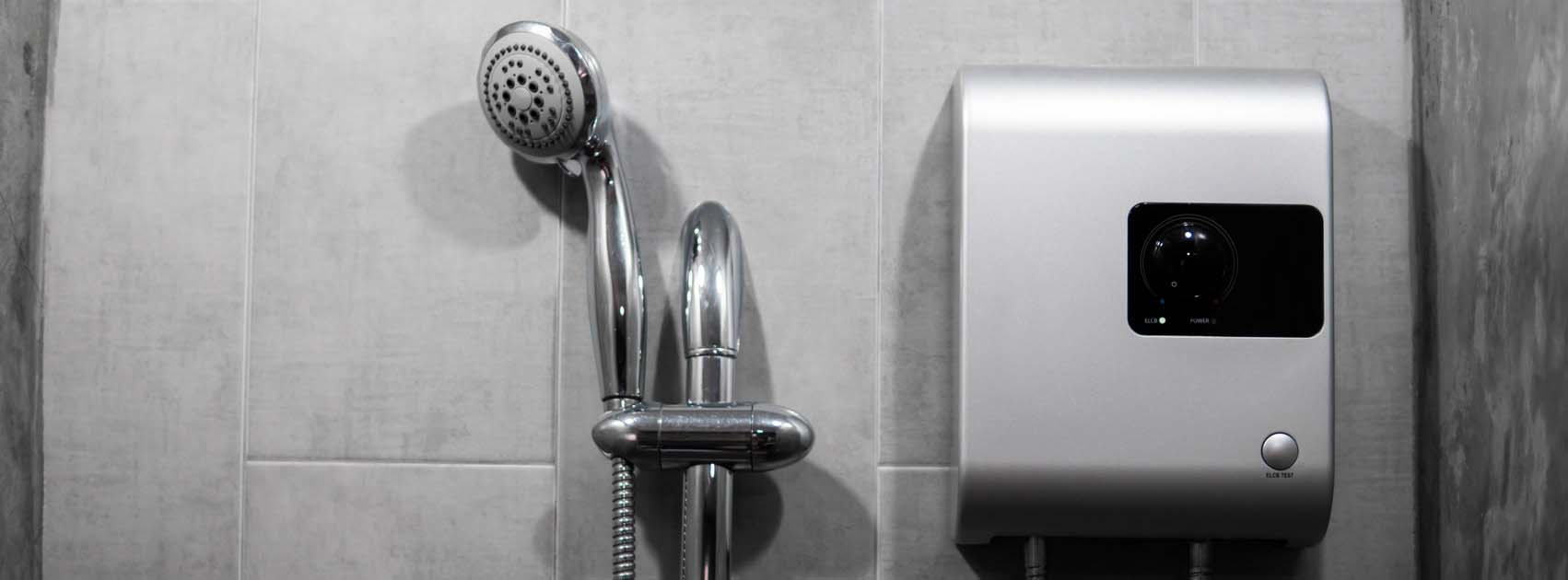

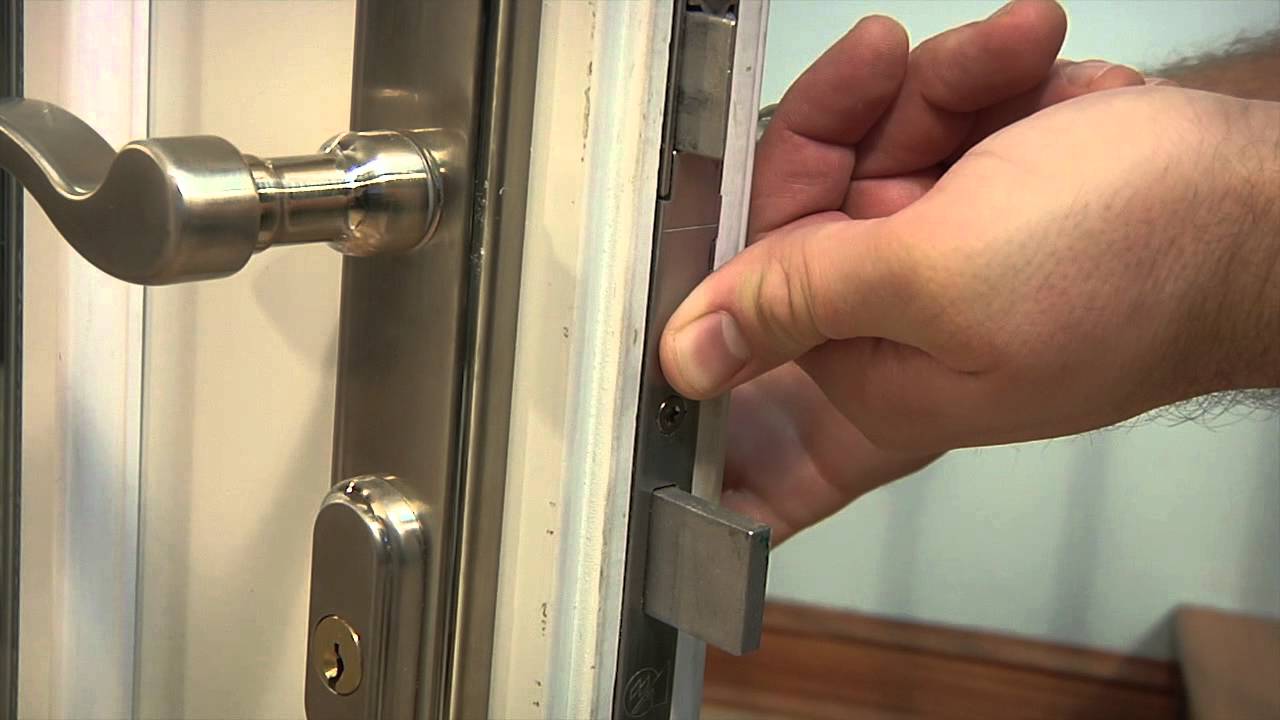
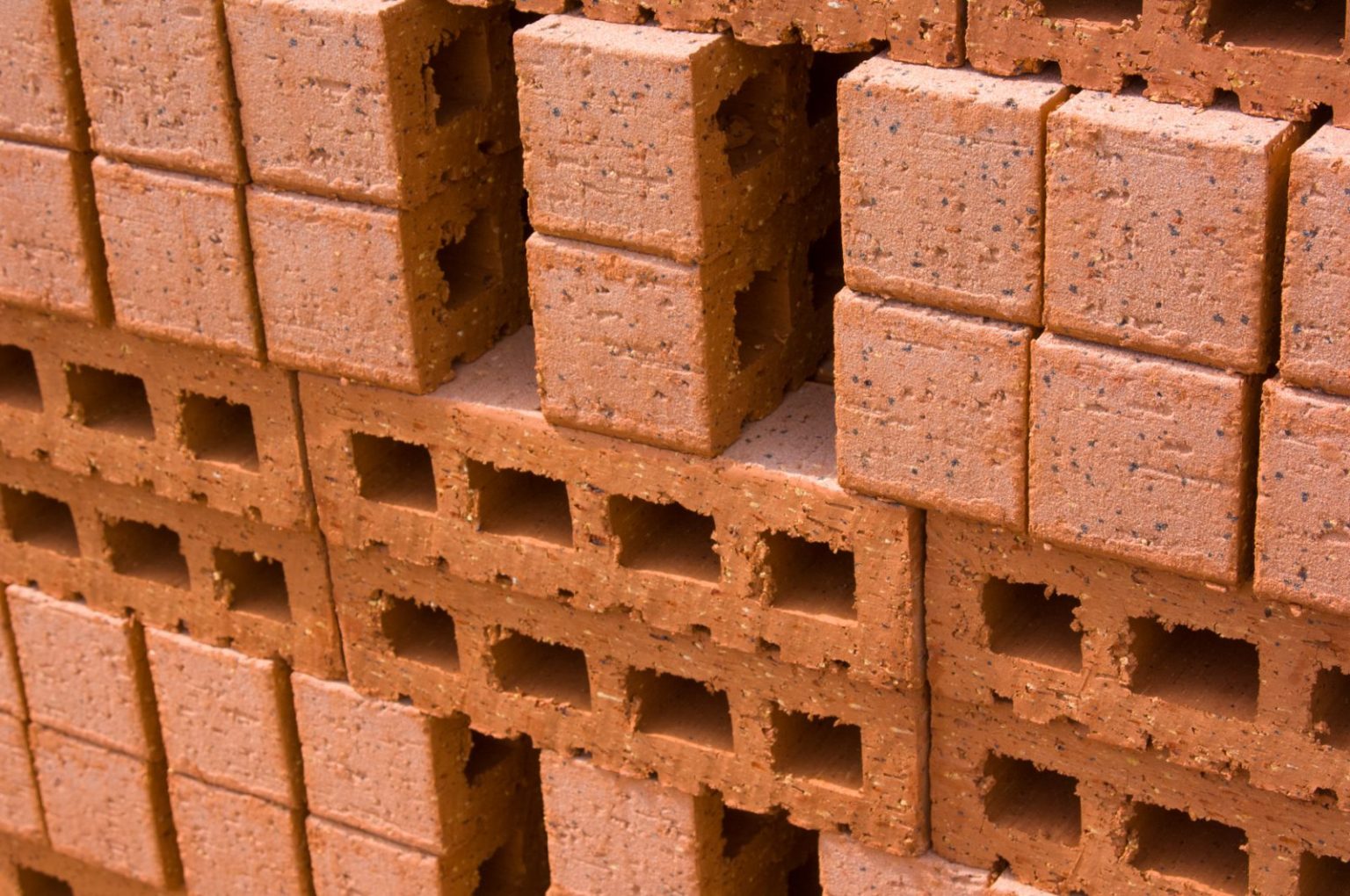
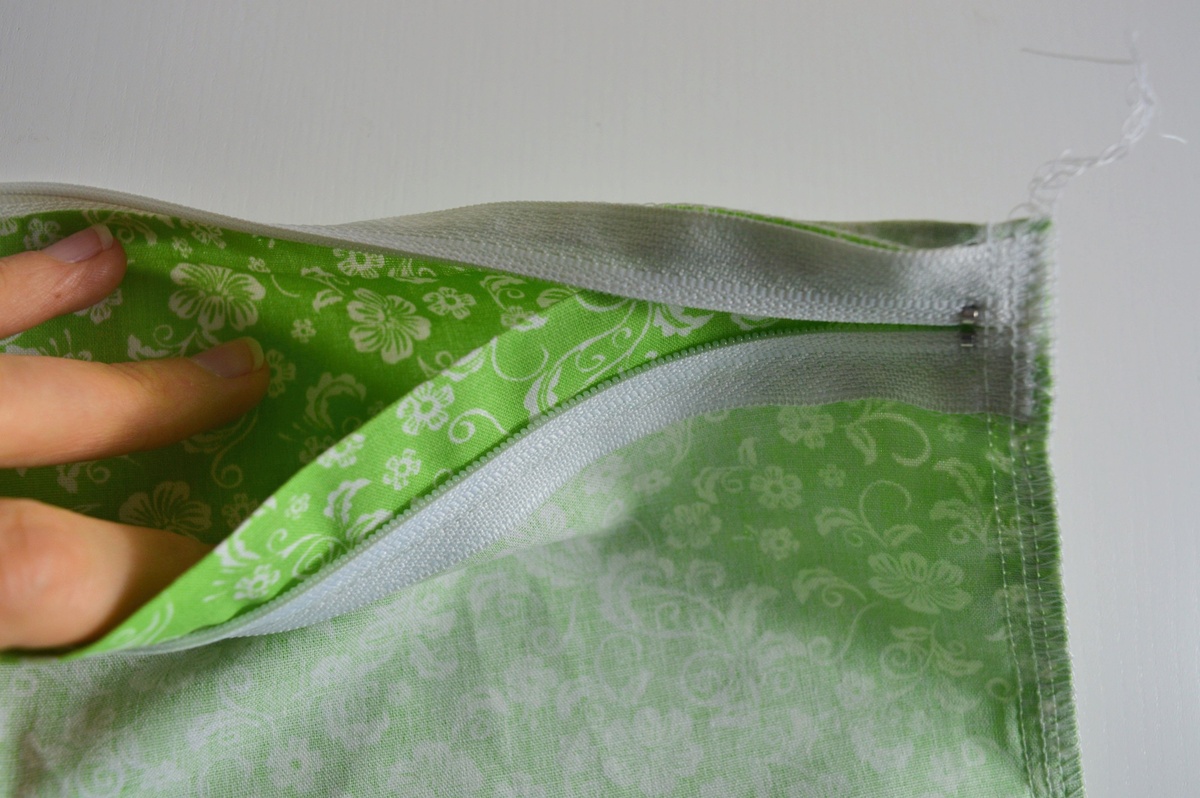
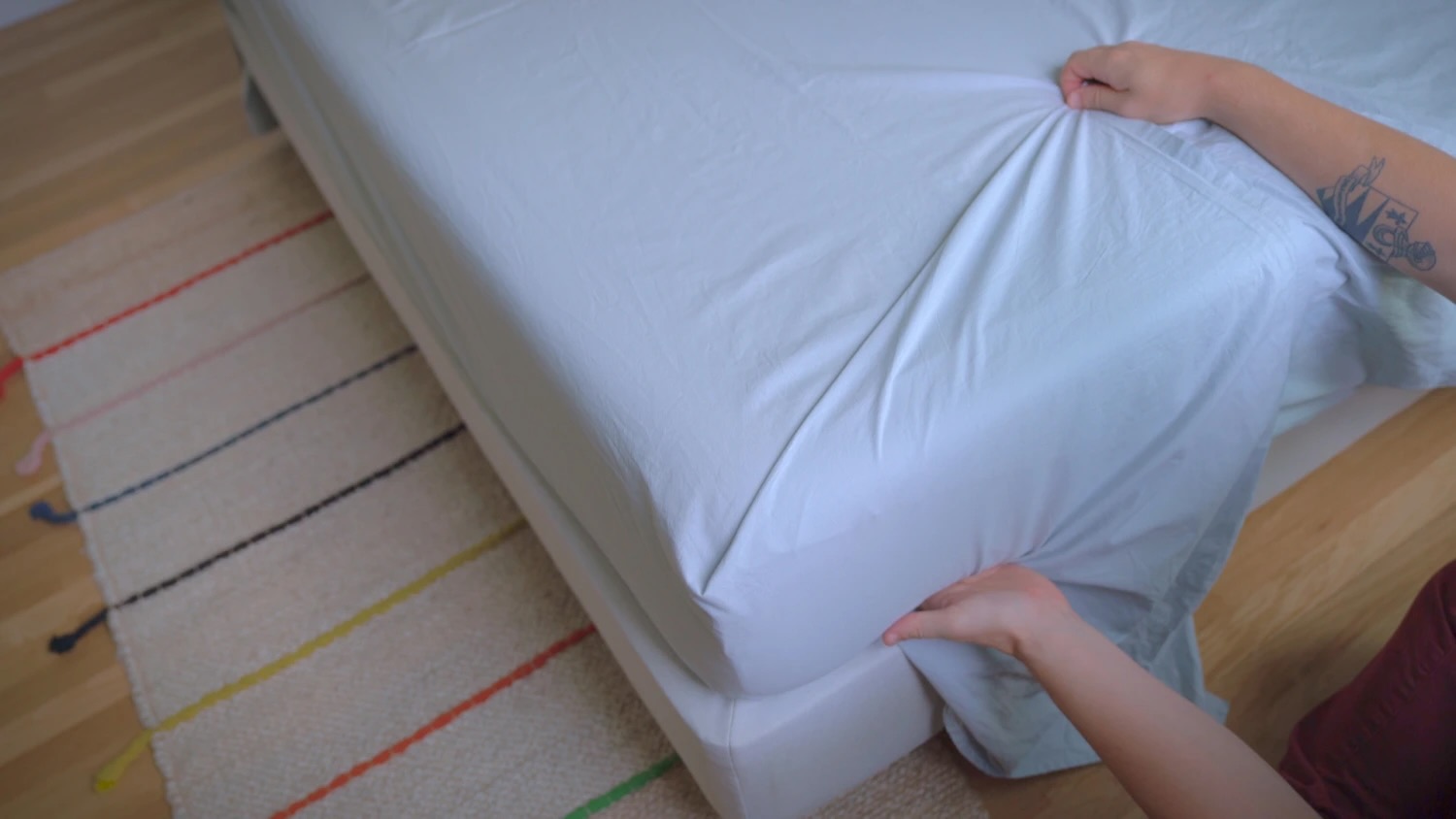
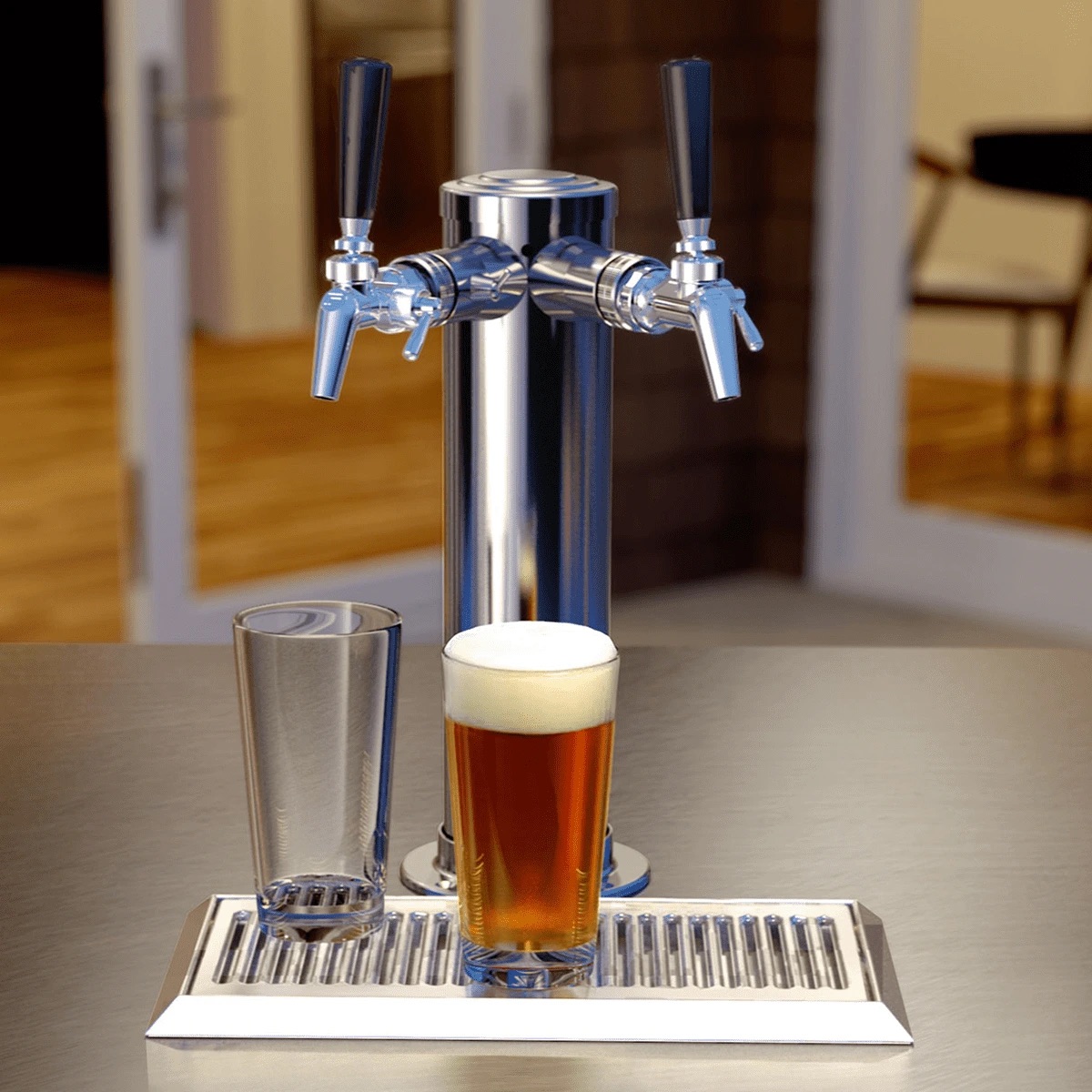

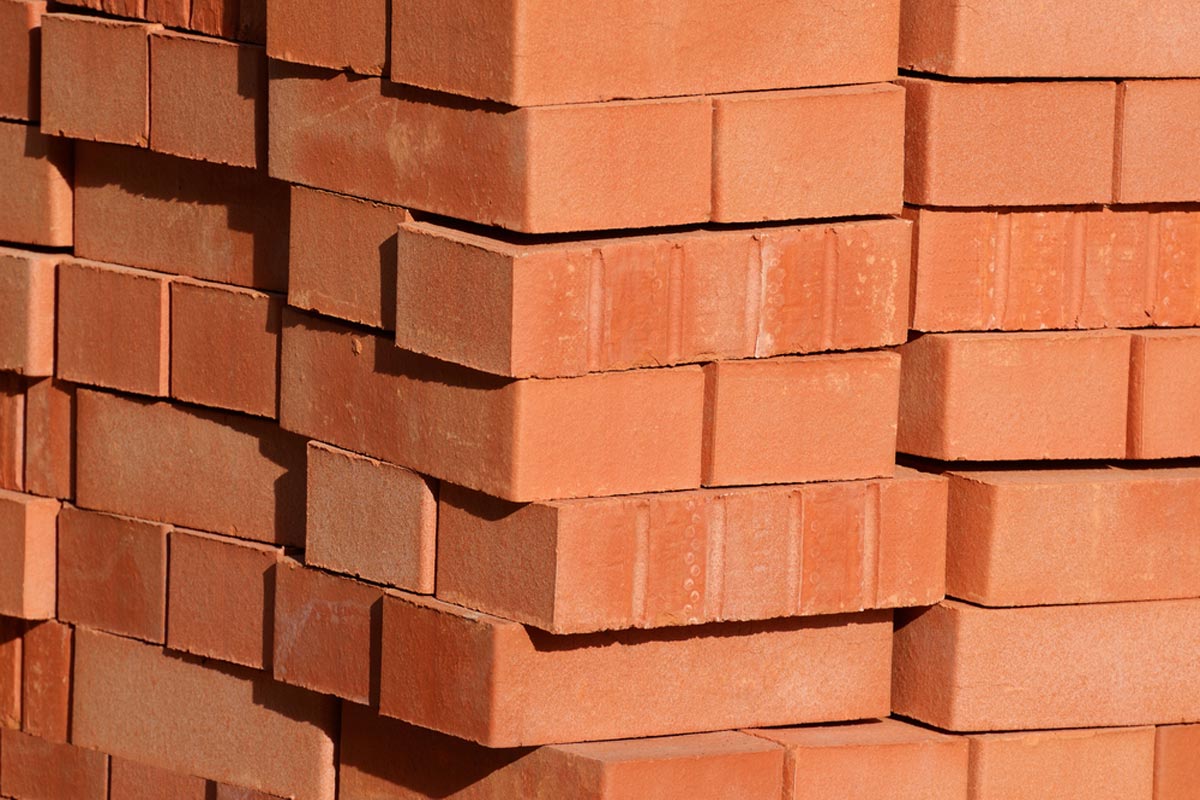
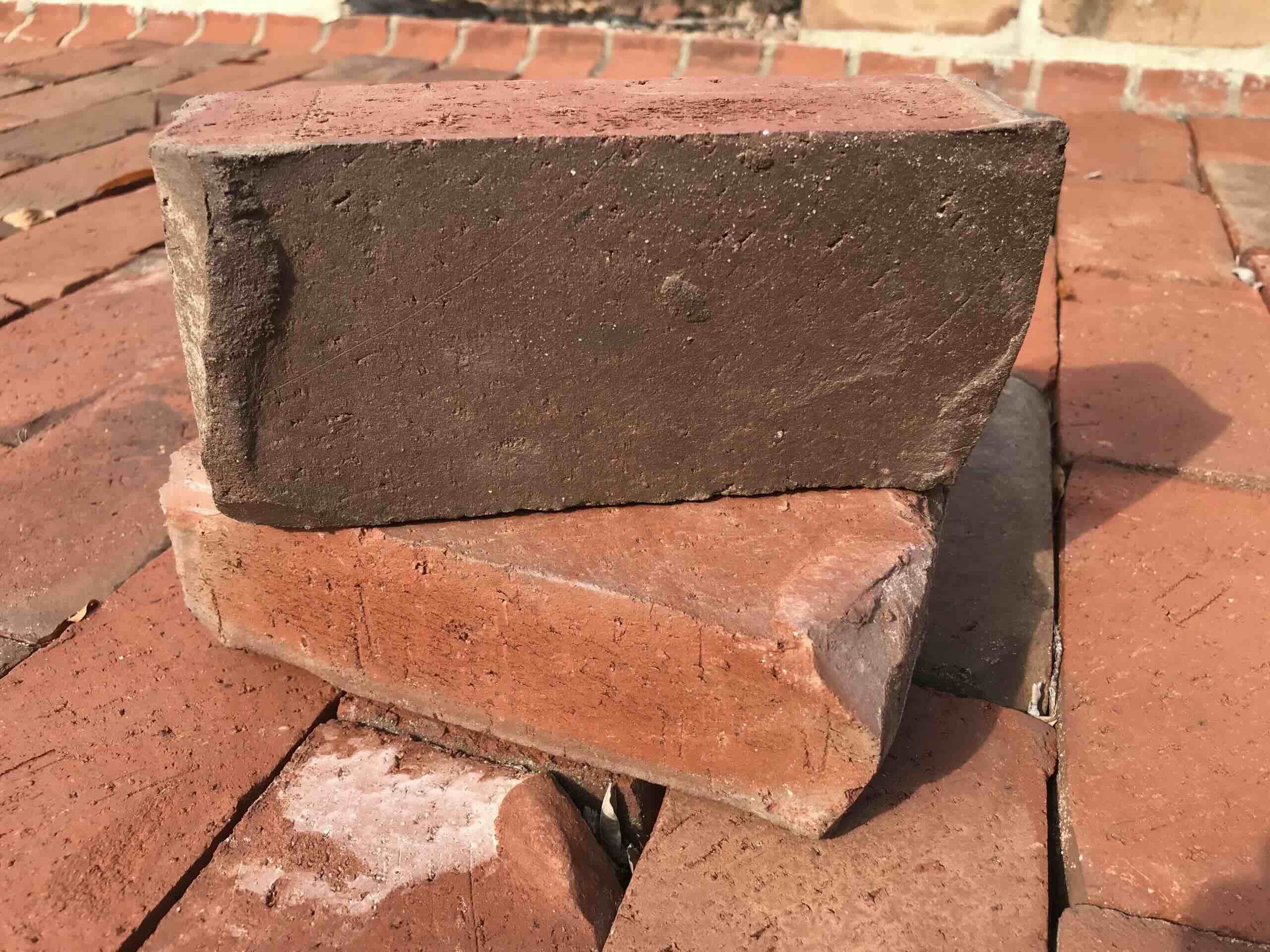
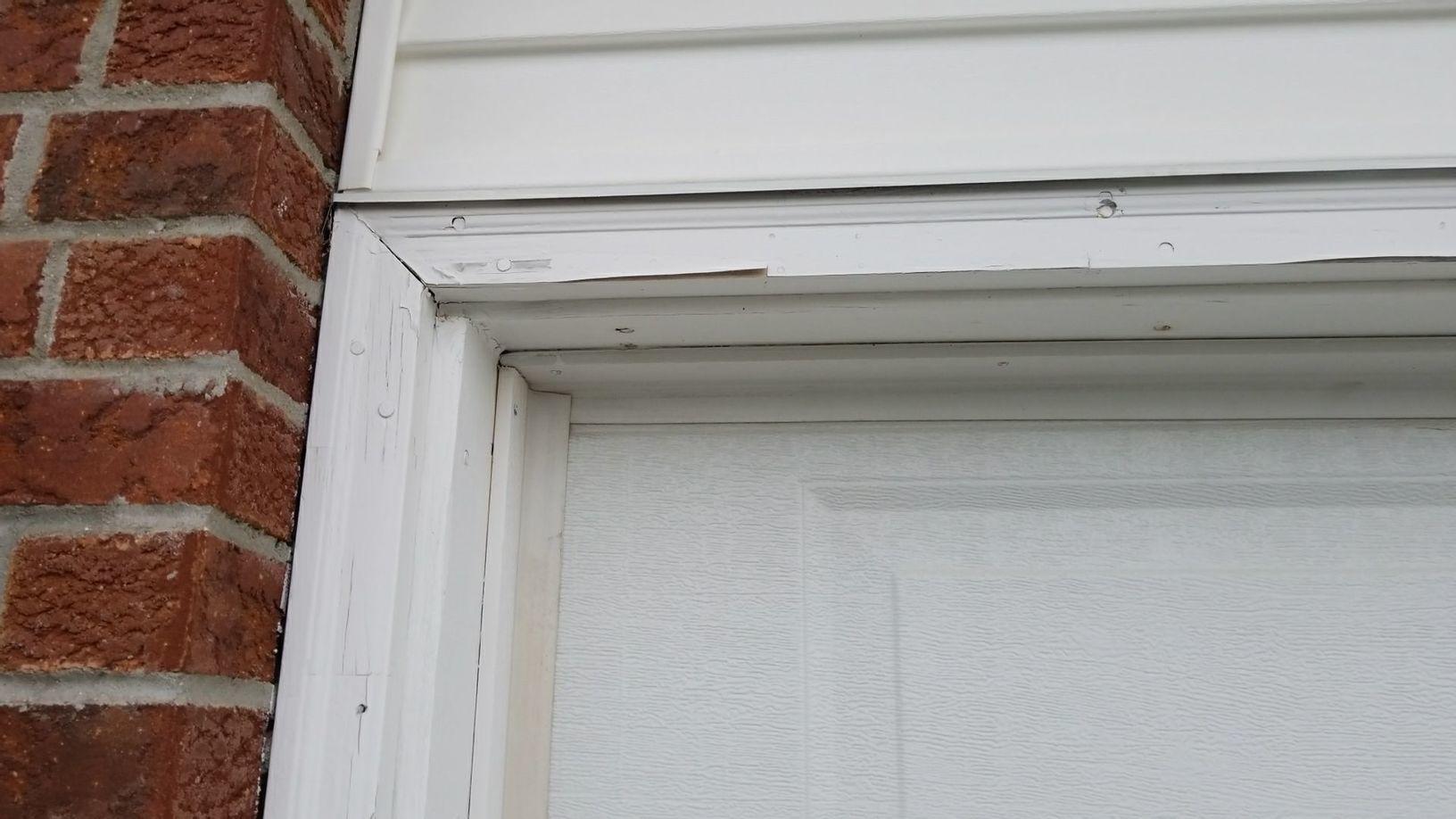

0 thoughts on “What Is Tuck Pointing Brick”